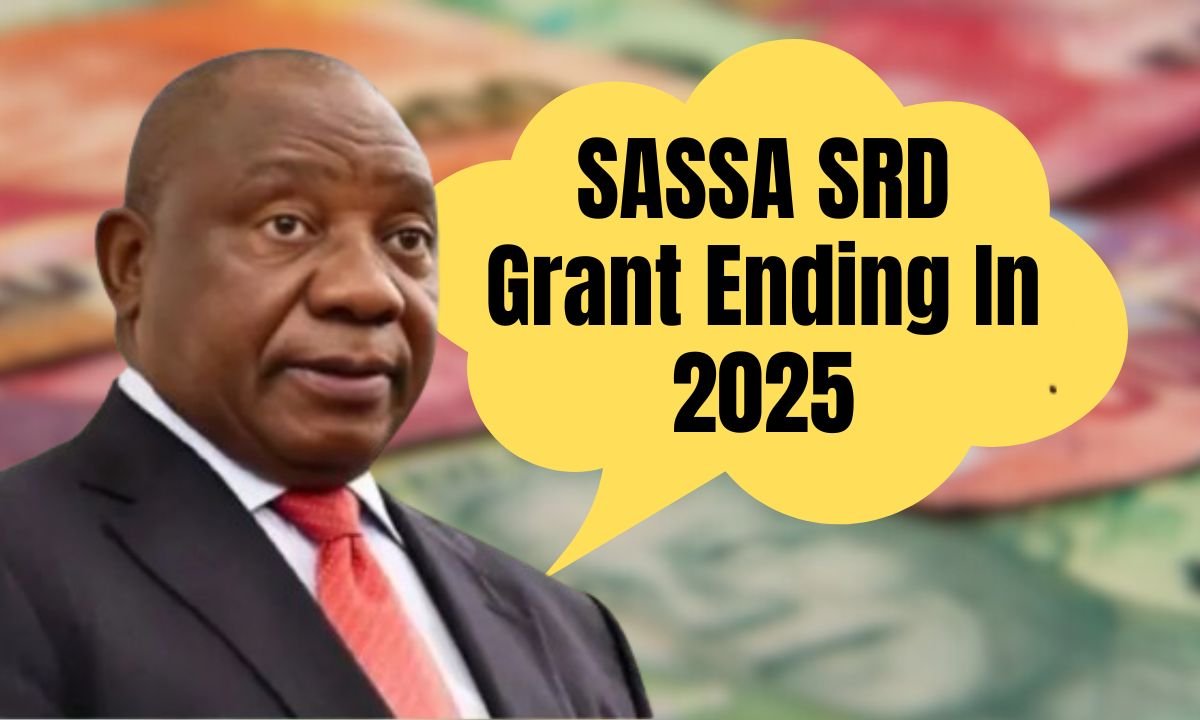The Social Relief of Distress (SRD) grant, which was given to South African citizens by SASSA during the COVID-19 pandemic and is now a main support for many people who are unemployed and are in a vulnerable position, is taking its last breaths as 2025 approaches. Hence, the question of what comes next is getting louder.
Current Situation: Extensions and Allocations of Budgets
The SRD grant might not be taken away completely, but the existing legislation has actually extended it till March 2026. During the government budget for the 2025/26 period, about R35.169 billion has been earmarked for its maintenance. However, sustainability in the long run is still a concern—and that is precisely what is making it necessary to re-evaluate the framework of the SRD support.
Social Assistance Scenario One: Discontinuance of SRD Support
Policymakers are already taking steps to substitute SRD with different models, and in fact, some have even turned their backs on the idea of having it at all.
Universal Basic Income (UBI)
- Among the new proposals, one of the most radical suggests moving toward a UBI system, which is a monthly grant intended for all people living in the country and handed out without taking into account their financial or employment status. The idea behind this approach is to bring down the number of poor people and the gap between the rich and the poor while guaranteeing support throughout.
Support to Entrepreneurs in One Lump Sum
- One more proposal is to pay once the whole amount to those who are currently receiving SRD but want to start up a small business or microenterprise instead. The aim: to change the mindset of the people from dependence to self-reliance and at the same time, to give the economically less fortunate groups the chance to participate in the economy.
Gradual Decrease or Replacement
- A gradual approach would allow for a step-by-step decrease of SRD cash grants while the initiation of alternate support programs at the same time. So, in practice, the recipients would be made to move onto the new systems rather than being abruptly turned off.
“””Full Termination with the Safety Nets
- The most extreme measure involves a total termination of the SRD grant and its substitution with welfare programs. Although this move might be a way to alleviate the budgetary pressure, it will also lead to heavy risks, particularly for the weakest and most vulnerable sections of the society.
Difficulties & Main Considerations
Despite the fact that these proposals are good, there are also disadvantages:
- Funding requirements: The passive income plan or huge grants would require permanent and massive government commitments financially.
- Inflation / economic distortions: Universal payment distribution might be the cause of inflation or have an effect on the economy that is not foreseen.
- Beneficiary readiness: Paying people in bulk to set up a business expects a certain amount of know-how and talent to run a business among the recipients. Not everyone will be successful.
- Systemic complexity: The transition from the current SRD structure to the new systems is going to be a complicated process that will need to be carefully planned, will take some time, and might require legislative changes and administrative overhaul.
What Beneficiaries Should Do
As the changes approach, beneficiaries of the SRD scheme should do the following things:
- Keep updated — observe the announcements from SASSA and the government channels
- Participate — give feedback through public discussions or forums
- Think ahead — if there is going to be a support program for entrepreneurs, it is better to start thinking about it now
- Check eligibility and compliance now—keep your the records up to date”””
Also Read: SRD R370 Grant Extended To 2026: SASSA Confirms New Pay Windows & Milestone Updates
